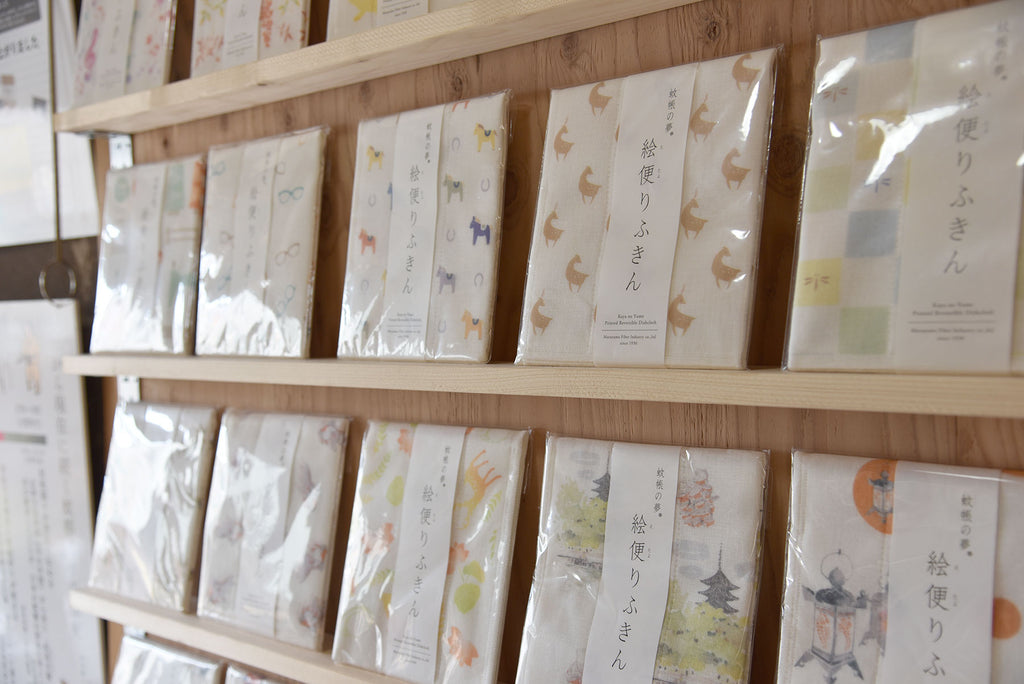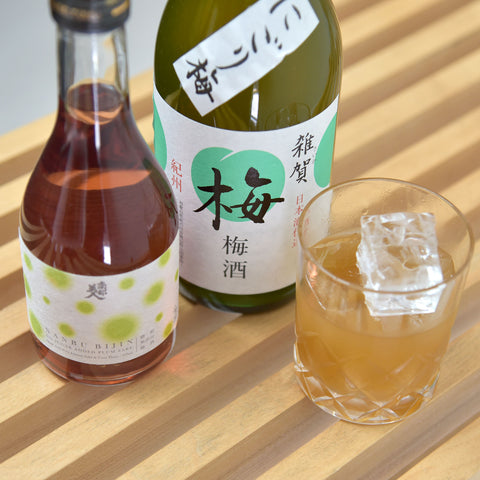
I visited Maruyama Fiber Industry who make Nawrap towels in Nara and learned about the traditional weaving technique native to the region. This was a few months back, in March of 2023 and I'm glad to finally be able to blog about it. When I got to the factory President Katsuhiro Maruyama greeted me at the door.
Me with Ms. Aratsu and President Maruyama.
 He first took took me to the showroom where he showed me the different products they currently make.
He first took took me to the showroom where he showed me the different products they currently make.


I loved these shawls, they were soft like gauze. I got the indigo shawl for myself.

He then took me to the manufacturing area where they have huge machines making these thin fabric.


While he showed me around, he taught me more about this fabric.

Dating back hundreds of years, kaya (mosquito net) is a fabric weave that has holes less than 1mm in size and lets wind pass freely in and out without letting in mosquitos. Kaya, as mosquito nets, aren't used as often as they were in Japan, but they still in many other parts of the world.

Some of the machines require an artisan that brushes the thread into alignment.


They reminded me of strings in a piano.

This machine starches the fabric so it's flat and easier to handle.


Once the starch is washed, the texture is super soft, almost gauze like. This machine folds the sheets of fabric.

They found that layering kaya makes a great fukin (kitchen cloth) that is now ubiquitous in Japan (and at our bar!). Layering the very thin materials makes them super absorbent but quick drying. Nawrap makes all kinds of products for different uses with kaya. In addition to fukin (six layers), they also make pillowcases (four layers), tea towels (two layers), and more. An added bonus to kaya is that it becomes softer after every wash. Thank you for the grand tour Maruyama-san!





Comments (0)
There are no comments for this article. Be the first one to leave a message!